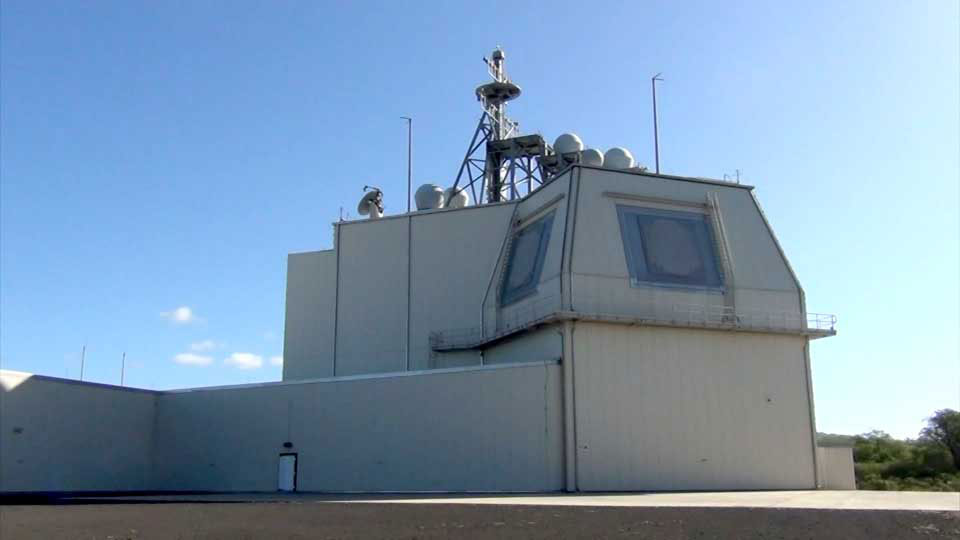Missile development
Japan’s government plans to substantially extend the range of the Ground Self-Defense Force's existing ground-to-ship missiles. The so-called standoff missiles can be launched from ships and aircraft. It’s estimated the new missiles will have a range of up to 1,000 kilometers, putting North Korea and parts of China and Russia within the target zone.
“We must establish a strong missile defense system as the threat posed to our country by North Korea's missiles is growing,” says Defense Minister Kishi Nobuo.
As part of the new policy, the government will continue to examine ways to strengthen Japan's deterrence capacity without specific mention of strike capability. That provision is believed to be a concession to Komeito, the coalition partner of the ruling Liberal Democratic Party. A commitment to upholding Japan's exclusively defense-oriented national security policy, as based on Article 9 of the Constitution which stipulates the renunciation of war, is central to the Komeito platform.
The issue is expected to be discussed in the New Year Diet session. A key point will be whether the new missile capability can be considered in keeping with a commitment to self-defense.
An alternative to Aegis Ashore
The construction of the two vessels equipped with the Aegis anti-ballistic missile system is included in the policy as an alternative to a scrapped plan for a land-based Aegis Ashore.
Aegis Ashore is a United States-made system designed to intercept ballistic missiles outside Earth’s atmosphere. Plans to install it at sites in Akita and Yamaguchi prefectures were met with public opposition when it emerged that rocket boosters could fall outside of the military bases where the system was to have been deployed.

But the new Aegis-equipped destroyers come with challenges of their own. They will be harder to operate than the land-based system because the ships need to make periodic port calls for maintenance and supply.
There is also the issue of cost. According to one estimate, the price tag for the two vessels will end up at more than ¥500 billion, or almost $5 billion. Uncertainty also surrounds the time-frame required for design and construction, as well as how to staff the destroyers. The Maritime Self-Defense Force is currently suffering from a staff shortage.
Unresolved issues – both practical and legal – face Japan's Cabinet as its missile defense policy sets out to address regional threats.

